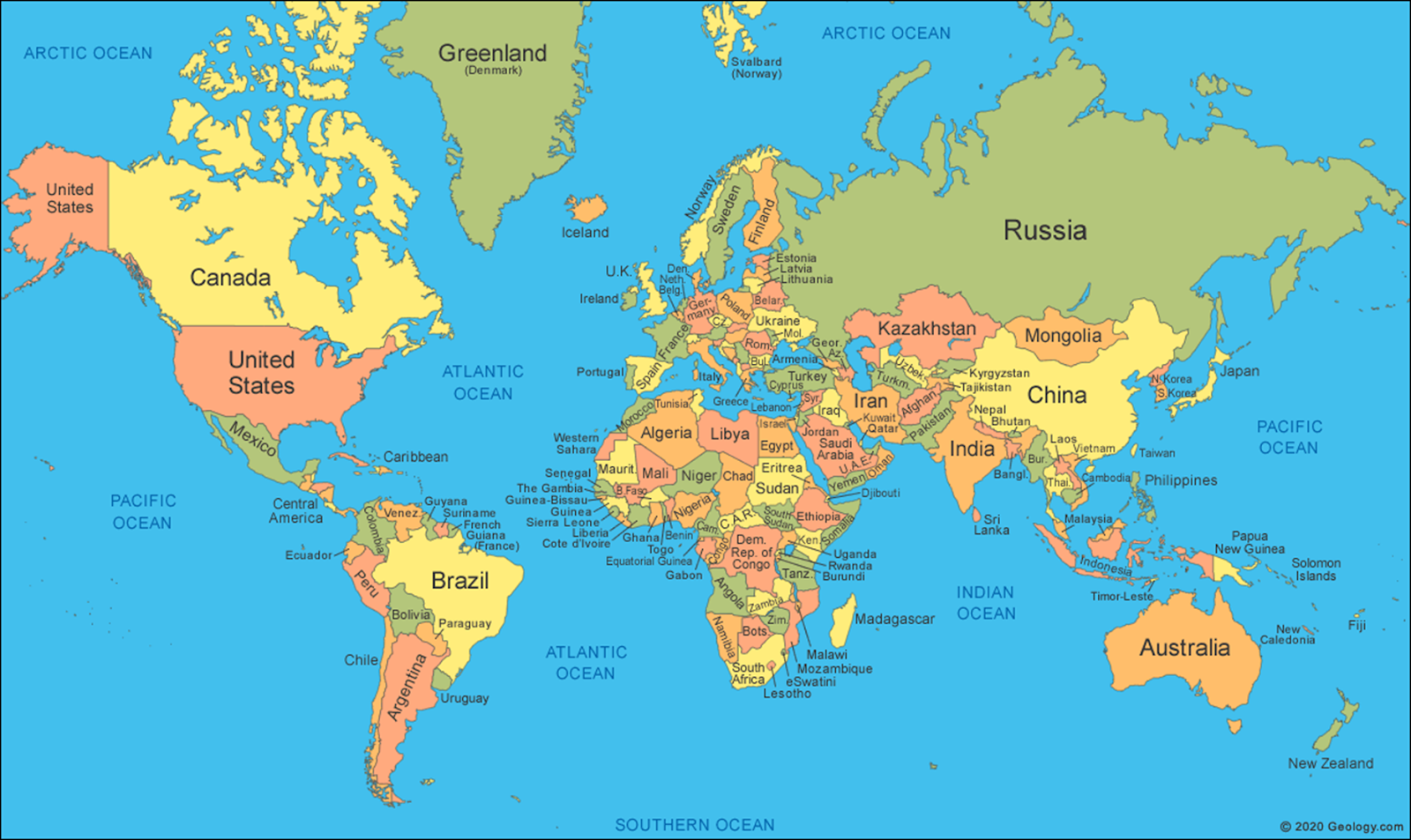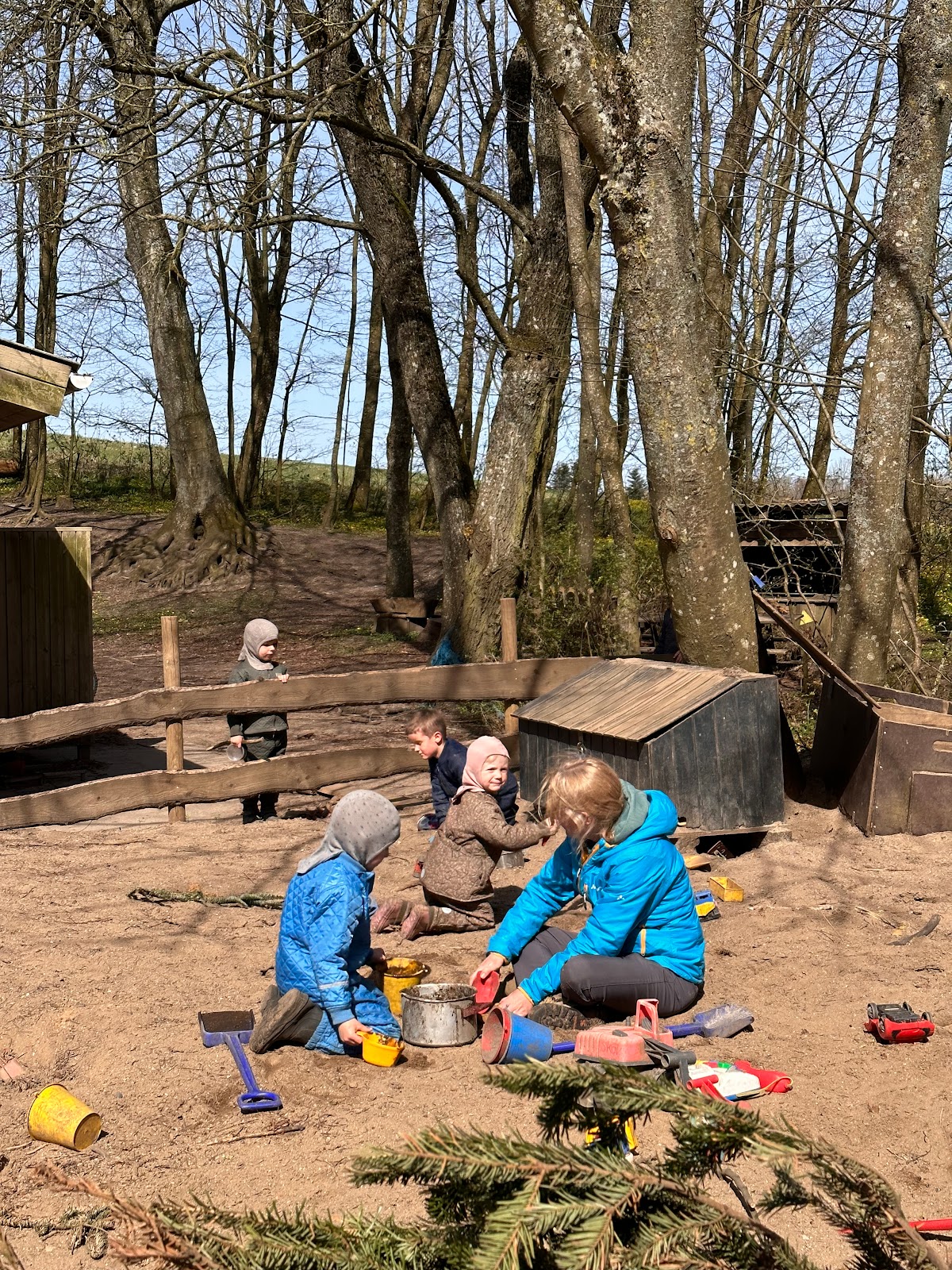During April of 2023, I had the incredible opportunity of travelling to Denmark, where I joined a study tour that took us around Danish forest schools. Through Northland Kindergarten Association (NKA), I was awarded a scholarship where I was able to take this opportunity to extend on my current knowledge and grow as a kaiako (teacher).
What are Forest Schools?
Forest schools, also known as nature kindergartens are an outdoor education approach to teaching. It is run by practitioners trained specifically for this type of teaching. A forest school programme is mainly based in the outdoors. They do have class rooms as such, which are used for bathrooms, nappy changing stations, sleepers and a place to store resources. These spaces will sometimes be used as play spaces, especially in extreme weather conditions but for the majority of the time, children will be in the outdoors learning.

Where is Denmark and why did I choose to visit here?
Denmark is a Scandinavian country located in Europe. I choose to visit Denmark as this is the place that Forest Schools originated, in 1952. It began as a group of neighborhood children that gathered in a nearby forest and this became an unofficial form of daycare. There are now over 500 forest schools in Denmark. I wanted to learn from the place that forest schools originated.

Danish Culture
Before joining the study tour, I spent some time sightseeing around Denmark. From my observations, I learnt that this culture is very trusting, very laid back and Denmark is a very quiet country. They lead a very simplistic lifestyle. There was no hustle and bustle, it was quite calm walking the streets even in Copenhagen (the capital city). This could be due to a lot of the population walking and biking everywhere. After learning this, I was very intrigued to see how this lifestyle would be reflected in their education system. I then headed to Viborg, where the study tour took place.
Research
Before attending the study tour, I did a lot of research on forest schools. I came across a video called ‘Kids Gone Wild - Denmark Forest Kindergartens’ and I was stunned to see some of the experiences these children have. I highly recommend watching this video as it changed my perspective on what children are truly capable of doing.
Supervision and Ratios
There are no set child to teacher ratios. It is up to the forest school to determine how many pedagogues they need and how many they can afford. A discussion we shared in Denmark was around the word ‘pedagogue’. The idea of it being that a pedagogue is a facilitator of learning. This means, pedagogues provide an environment and resources but children are the ones making choices, they direct the direction of their learning, they guide the conversations, and the activities are led by their curiosity. One forest school had 45 children with 5-6 pedagogues, but keep in mind, their spaces are massive. One rule that all the forest schools shared was if your name is called, you have to answer. The children knew this and followed this and the pedagogues trusted that the children would follow this rule.
All children are included in a forest school. If any child requires additional support, they will have someone come in to support the child throughout the time they attend a forest school, and this support is easily accessible by pedagogues. When needed, they will adjust their environment to support these children so they are able to be involved in all aspects of learning.
Health and Safety
I was completely stunned by Denmark's approach to health and safety. Firstly, there are no set regulations to meet or procedures to follow, it is the role of the pedagogues to provide a safe but enriching environment for their children. Secondly, there are no locks on any sheds or cupboards, even ones that contain tools or chemicals. They have no safety matting or safety fall around any of their outdoor equipment. They have open fires that burn all day even when it is not being directly supervised. There is no fencing around their learning environment in any way. The children understand and respect the rules in order to keep themselves and others safe. From the conversations we had, the injuries that occur are no different from those our children experience at our kindergarten. One of the pedagogues said, “when the children have the opportunity to take risks, they take small ones. If they don't have the opportunity to take risks, they take bigger ones”. There are no height restrictions on equipment and no limits on what they can climb. It is up to the children to learn how to manage risks in an environment like this.
A Day in the Life
Forest schools are an all day programme, having children from 6:30am till 5:30pm, five days a week. 30-45 children between the ages of 3 and 6 years old attend forest schools each day. A day in the life at a forest school is quite similar to the experiences we provide. However they have more opportunities and regular excursions to explore beyond the kindergarten such as the fjord, creeks, or other parts of the forest. This is their time to break into smaller groups (usually similar ages) where they explore outside of the kindergarten. No matter the weather, they spend time learning in the outdoors. Families are given a list of clothing that their child is required to have to ensure they can keep warm and dry throughout the time they attend a forest school.

Documentation and Curriculum
Their documentation and curriculum were very different from NZ. Each individual child has a book but most of their documentation is in photos. They follow themes (similar to group planning) which are often revisited termly, instead of writing individual learning stories. Their curriculum is somewhat similar to ours, however, they only have one document guiding curriculum delivery. This diagram outlines their curriculum and what the pedagogues should be providing. The rest of the document explains these points, But that is the only document they have to follow. They also don't have organization such as MOE (Ministry of Education) or ERO (Education Review Office). They are trusted to do their job and to do it well. Instead, they have what they call advisors. They can ask advisors to come in and get advice on anything they can change, implement or improve.
Transition to School
A big question of mine was whether children who attend a forest school struggle to adapt when they transition to school. After talking with the pedagogues, they said some children need a bit of time to adjust to the more structured routines but otherwise they are prepared to go to school, just like any other child.
What I have Learnt
I was blown away by the opportunities the children who attend a forest school have. Although I didn’t feel I had specific things I felt I could bring back and implement into my practice, who I am as a teacher had changed. One thing I wanted to learn was to differentiate between a risk and a hazard as often I would feel overwhelmed or uncertain around this, which impacted the children’s learning. I felt I needed to redirect them from what they were doing, because I was unsure if I was meeting safety regulations. But going and experiencing a new way of teaching, and seeing what children can do when given the chance to explore and manage their own risk taking, has helped me to feel more confident in letting children push their own limits. I have become more confident in leading our Nature Programme as a result of this experience. Through the conversations I had with the pedagogues, I was able to develop strategies that worked for them and I have adapted these in my weeks on Nature Programme. By trusting the children more and feeling more confident in their abilities, I have become more able to differentiate between a hazard and a risk. This has meant that the children have had the opportunity to explore their natural environment more freely. Because of this change, I found that children don’t feel so restricted and therefore aren’t pushing boundaries as much as they were, which has made a positive impact to their learning and group learning. They have more freedom to take ownership over their own learning and direct their own play.
“They develop working theories for making sense of the natural, social, physical and material worlds”, is a learning outcome for children under the Te Whariki strand, Exploration. Utilising the resources Papatūānuku and Tane Mahuta provide us creates enriching learning experiences where children can learn about the world around them. One thing I took away from my scholarship was how they utilised their environment. They didn’t have much man made equipment and mainly relied on what was in their environment. A quote I heard from one of the pedagogues was, “you have to inspire children to go and learn. Otherwise, they will stick to what they know”. This quote guides my practice when it comes to facilitating learning for children, especially around outdoor play. Exposing children to natural resources helps them to make sense of their world and come to new understandings.
Mairtown Kindergarten
Mairtown Kindergarten has had their Nature Programme running since 2011 and has sustained this programme throughout the years. Once a week, we take our 10 oldest children into the ngahere where this is their time to explore, learn and play in a natural environment. They decided on where we will go, which parts of the ngahere we will explore and what we do. Children enjoy this time where they have freedom to take agency over their own learning and make choices that matter to them. Experiencing forest schools has just reinforced how important this type of education and access to environments such as this is for children.
Forest schools are still facing some uncertainty from the community in Denmark. Some parents are a bit apprehensive about sending their children to this type of learning centre, as they view it as unsafe. On top of this, mainstream kindergartens are still viewed as more important. However, the view around forest schools is changing as more conversations happen. Now, roughly thirty-three percent of children in Denmark attend a forest school. As new evidence based research becomes available, families have access to more information and become more informed about the benefits around programmes like these. When asked, "what has changed the most", one of the pedagogues responded, "the view of how children learn and the meaning and importance of playing".
















.jpg)

.jpg)



No comments:
Post a Comment